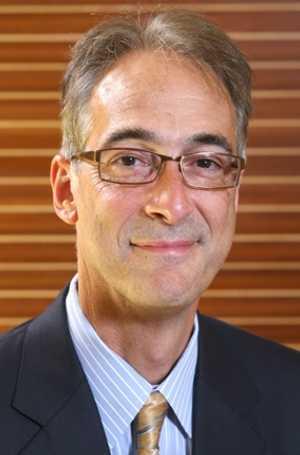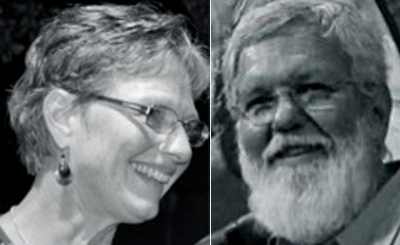
When key parts of the health care law take effect in 2014, you’ll have a new way to buy health insurance for yourself, your family, or your small business: the Health Insurance Marketplace. The Marketplace is designed to help you find health insurance that fits your budget, with less hassle.
Every health insurance plan in the new Marketplace will offer comprehensive coverage, from doctors to medications to hospital visits. You can compare all your insurance options based on price, benefits, quality, and other features that may be important to you, in plain language that makes sense.
You’ll know you’re getting a quality health plan at a reasonable price, because there’s nothing buried in the fine print.
When you shop at the Marketplace, all your costs are stated upfront. So you’ll get a clear picture of what you’re paying and what you’re getting before you make a choice.
California’s Marketplace is called Covered California ( www.CoveredCa.com ).
Under the health care law, you and your family also will have new protections. Health insurance companies can’t refuse to cover you, or charge you more just because you have a chronic or pre-existing condition. And they can’t charge more for women than for men.
Here are three things to keep in mind about the Health Insurance Marketplace:
– It’s an easier way to shop for health insurance. The Health Insurance Marketplace simplifies your search for insurance by gathering all your options in one place. One application, one time, and you and your family can explore every qualified insurance plan in your area -- including any free or low-cost insurance programs you may qualify for, such as Medi-Cal or the Children’s Health Insurance Program.
– Most people will be able to get a break on costs. Programs that lower costs are available for almost everyone. You may be eligible for a free or low-cost plan, or a new kind of tax credit that lowers your monthly premiums right away. New rules and expanded programs mean that even working families can get help paying for health insurance at the Marketplace.
– Clear, apples-to-apples comparisons. All health insurance plans in the Marketplace present their price and benefit information in simple terms you can understand, so you don’t have to guess about your costs.
Starting on Oct. 1, 2013, you’ll be able to enroll in a health plan through Covered California. Detailed information will be available about all the insurance plans offered in your area.
You can sign up now at www.CoveredCa.com to get email updates that will let you know how to get ready to enroll in the plan of your choice.
If you have difficulty finding a plan that meets your needs and budget, there’ll be people available to give you personalized help with your choices. These helpers aren’t associated with any particular plan, and they don’t receive any type of commission, so the help they give you will be completely unbiased.
The Web site www.CoveredCa.com will be much more than any health insurance Web site you’ve used before. Insurance companies will compete for your business on a level and transparent playing field, with no hidden costs or misleading fine print. You’ll have more choice, more control and more clout when it comes to health insurance.
Insurance coverage offered through Covered California takes effect on Jan. 1, 2014.
David Sayen is Medicare’s regional administrator for California, Arizona, Hawaii, Nevada, and the Pacific Trust Territories. You can always get answers to your Medicare questions by calling 1-800-MEDICARE (1-800-633-4227).



 How to resolve AdBlock issue?
How to resolve AdBlock issue? 



